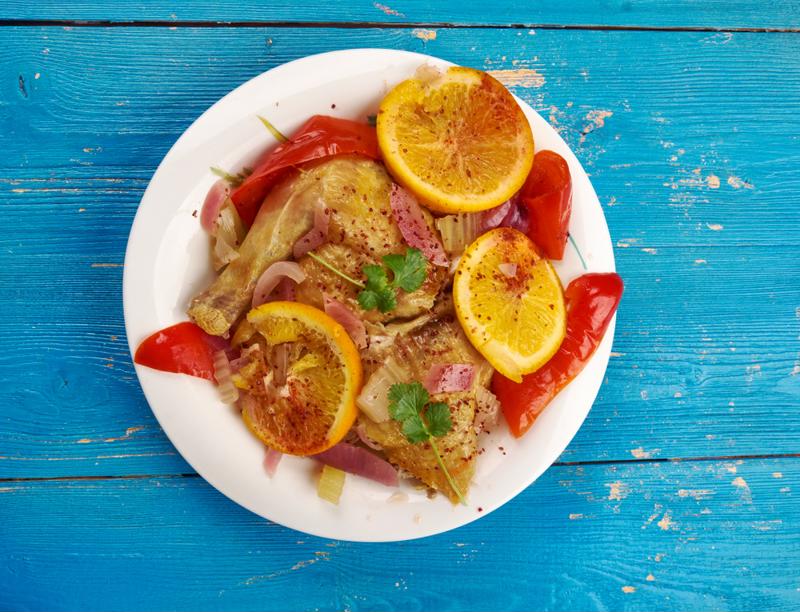Interest in African cuisine has been stewing in the U.S. and other nations for several years, but it may be nearing a boiling point. From the New York Times to Eater, a variety of industry spectators and commentators anticipate the foods and flavors of Africa will become even more mainstream in 2019. USA Today chalked it up to a growing appreciation for world cuisines among millennials and Gen-Xers. Whatever the impetus, students studying at the Austin Campus who aren’t already familiar with the many flavors of different African staples have every reason to learn more about this burgeoning culinary scene in the States.
Different regional influences
Each country in Africa obviously had its own unique culinary traditions, but stark similarities in cooking methods and the types of ingredients used can be seen in certain regions of the continent:
North and East Africa
Known as the Maghreb region – which includes northwestern countries such as Algeria, Morocco, Libya and Tunisia, northern African cuisine is some of the most recognizable throughout the world, with couscous being one of the more notable examples. Commonly used ingredients in this region include seafood, goat, beef, certain vegetables and fruits, legumes and spices ranging from saffron to cumin. Chili pastes such as the spicy Tunisian harissa are also popular in the region. Chances are, you may have also come across tajine, which can be served as a stew (as in Algeria) or a casserole (as in Tunisia). The Moroccan pastilla, a.k.a. bastilla, is another regional favorite.
Moving further east toward the Horn of Africa, you’ll still find plenty of stews, starches and legumes. Tsebhi and injera (stew and bread) are especially common in Ethiopia and Eritrea. To the south, Kenyan food is incredibly diverse, which is a reflection of the country’s many different tribes and the amalgamation of their different culinary traditions.
Central Africa
With the exception of cassava root, peanuts and chili peppers, the cuisine of central African countries has been largely unaffected by outside influences. Vegetables native to the region such as tomatoes, okra, spinach, garlic, ginger and onions are the most commonly used ingredients. Meats are not especially common or traditional, but it’s not unusual for restaurants outside the area to add fish, chicken or beef to classic dishes. The preferred cooking methods in the region are boiling and frying. Fufu, a starchy stew from the Central African Republic, is an example of one of the more popular dishes from the region.
 Peri peri chicken is a South African dish popularized by Nando’s.
Peri peri chicken is a South African dish popularized by Nando’s.West Africa
With 16 countries comprising the region, it’s hardly a surprise that West African cuisine is incredibly varied and diverse. In Senegal, for instance, yassa (a marinated chicken dish) and thieboudienne (fish and rice served with a tomato sauce and veggies) reign supreme. Classic Nigerian dishes found in the region might include egusi soup made with ground melon seeds, leafy vegetables and a meaty protein. Many of the countries in the region, from Sierra Leone down to Togo, favor Jollof rice, a popular dish that features tomatoes, tomato paste, palm oil, a variety of spices and vegetables (varies by country) and, in many cases, meats or fish.
Barely skimming the surface
There are obviously many more flavors, cuisines, and cooking styles from the world’s second largest continent than those mentioned above, and all of them will surely delight people from all over the world in the years ahead. From the peri peri chicken of South Africa – which has been popularized by South African food chain Nando’s – to the rich nyembwe chicken, the national dish of Gabon, there’s no shortage of incredible African foods just waiting in the wings for some much deserved time in the sun, and just maybe, Austin culinary student’s menus.


